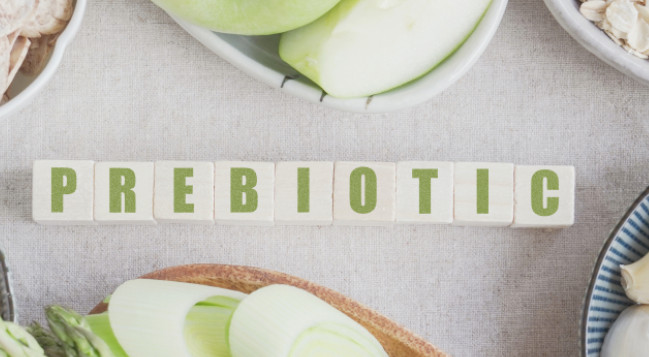What are prebiotic foods to heal gut? + video
In recent years, the term “probiotics” has become a household conversation when discussing dietary choices. A remarkable 80% of consumers now incorporate probiotics into their daily routines, reflecting the widespread recognition of their potential health benefits. With store shelves teeming with probiotic supplements and even food manufacturers jumping on the bandwagon, probiotics have undoubtedly taken center stage in the realm of digestive health. However, in this narrative, prebiotics emerge as the unsung heroes, essential co-stars that deserve a spotlight of their own for ensuring the efficient functioning of probiotics.
The Ultimate Gut Health Guide: Discover the Top Prebiotic Foods for Optimal Wellness :
New and illuminating research, unveiled at NUTRITION 2023, the prestigious annual gathering of the American Society for Nutrition, offers insights into the five most potent prebiotic sources found in nature. The study, conducted by experts from San José State University, delves into the prebiotic content of a staggering 8,690 food varieties cataloged in the Food and Nutrient Database for Dietary Studies.
Nourish Your Gut: The Ultimate Guide to Easy-to-Find Prebiotic Foods for Optimal Health :
The findings divulge that approximately 37% of these foods naturally contain prebiotics, emphasizing their widespread presence. Notably, the study pinpoints five foods boasting the highest prebiotic content, ranging from 79 to 243 milligrams per gram of food:

- Chicory root
- Dandelion greens
- Jerusalem artichokes
- Garlic
- Leeks
Remarkably, these foods not only deliver a significant prebiotic “punch” but also align with prior research highlighting their prebiotic-rich attributes. Cassandra Boyd, the master’s student leading the study, alongside Dr. John Gieng, Assistant Professor of Nutritional Sciences at San José State University, noted that even small portions of these foods can provide the recommended daily prebiotic intake of 5 grams, as endorsed by the International Scientific Association for Probiotics and Prebiotics (ISAPP).
Further examination reveals a trove of other prebiotic-enriched foods, including onion rings, creamed onions, cowpeas, asparagus, and Kellogg’s All-Bran cereal, each containing around 50-60 milligrams of prebiotics per gram of food. In contrast, wheat-based products exhibited lower prebiotic levels, while dairy, eggs, oils, and meats showed minimal to negligible prebiotic content.
The significance of prebiotics extends beyond their collaboration with probiotics. These dietary fibers, indigestible by the body, act as sustenance for probiotics as they traverse the digestive system. Dr. Rosario Ligresti, Chief of the Division of Gastroenterology at Hackensack University Medical Center, emphasized that prebiotics such as those found in Jerusalem artichokes are rich in inulin, a dietary fiber that fosters the growth of beneficial bacteria in the gut. This symbiotic relationship contributes to digestive health and bolsters various bodily functions.
In addition to supporting probiotics, prebiotics exhibit a range of health benefits, including enhancing calcium absorption, regulating blood sugar levels, and promoting smoother food transit through the digestive tract, thereby reducing the risk of constipation. Ongoing research also explores their potential in managing conditions like irritable bowel syndrome, obesity, and even preventing certain cancers like colorectal cancer.
As the world continues to unlock the mysteries of gut health, prebiotics emerge as key players in this intricate narrative, working hand in hand with probiotics to orchestrate a symphony of well-being within us.


